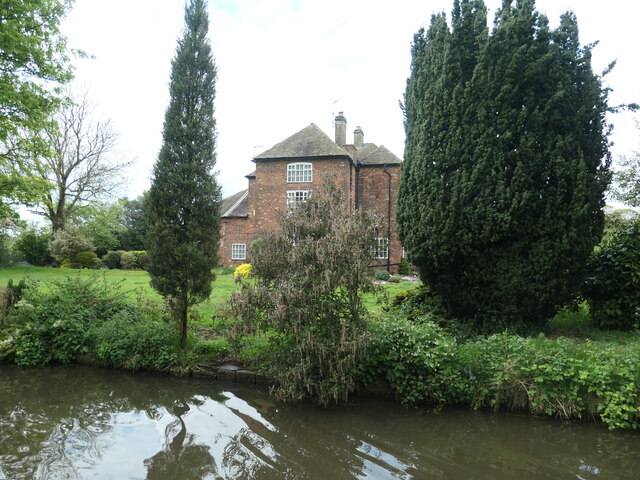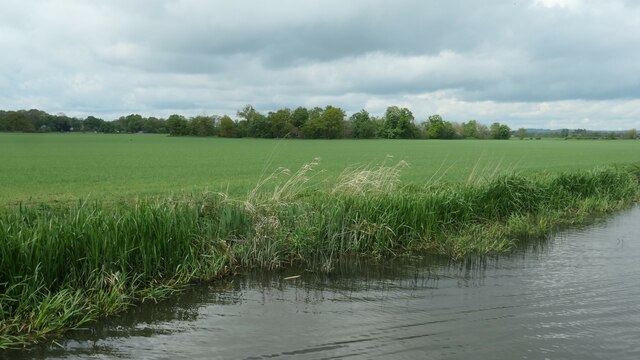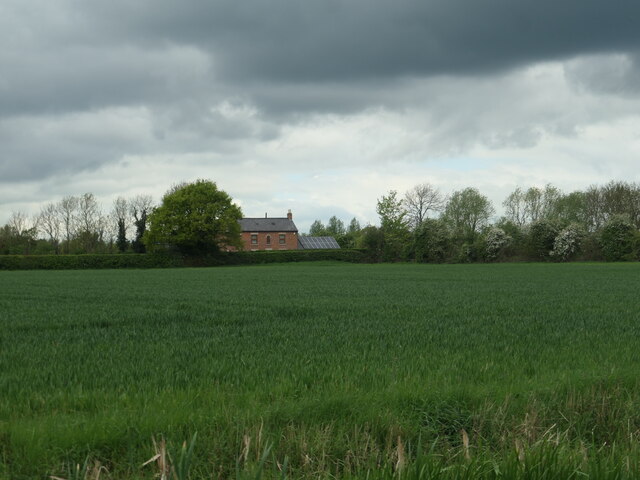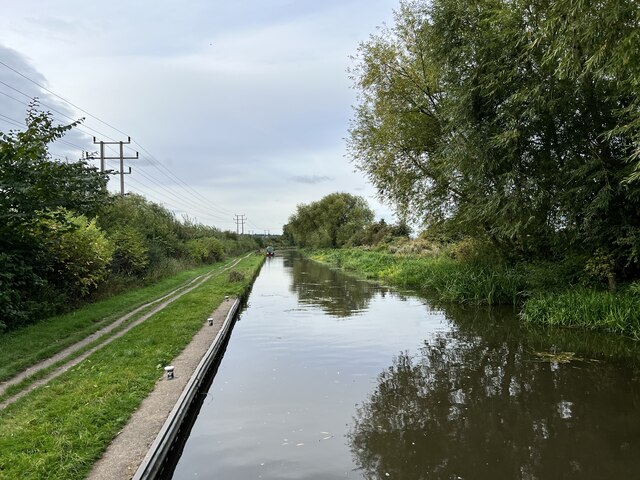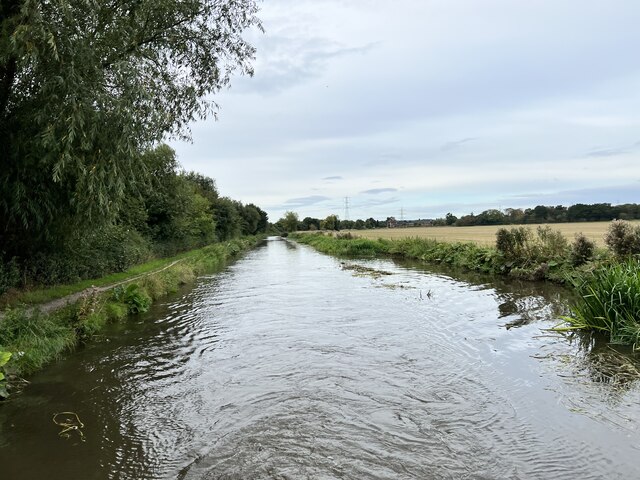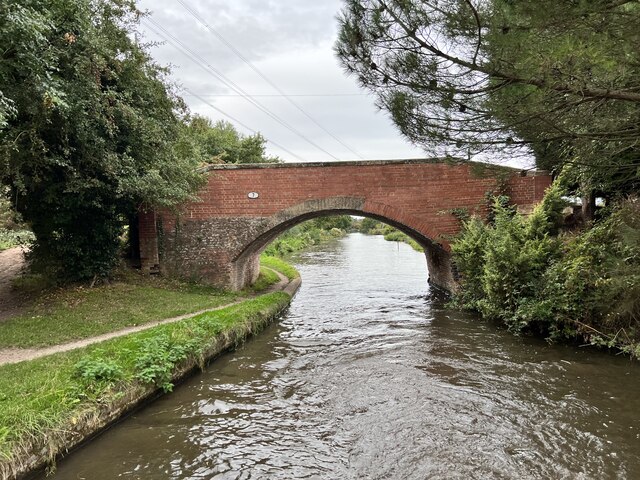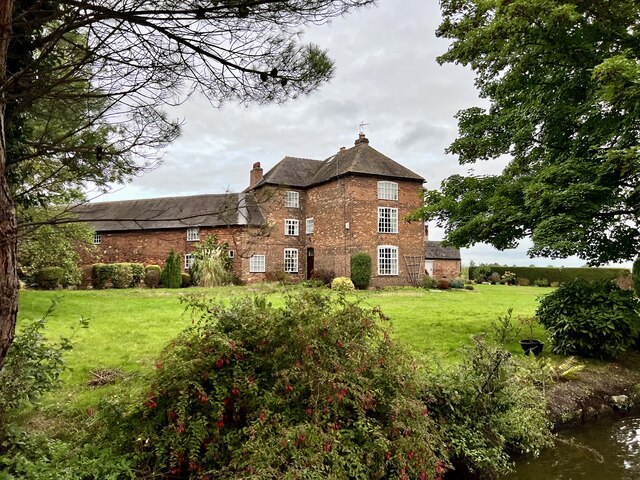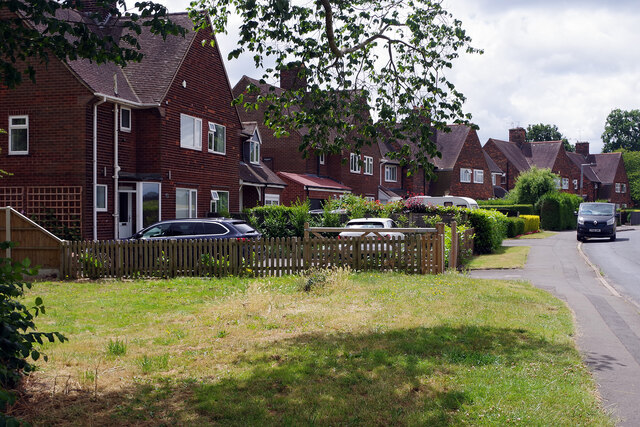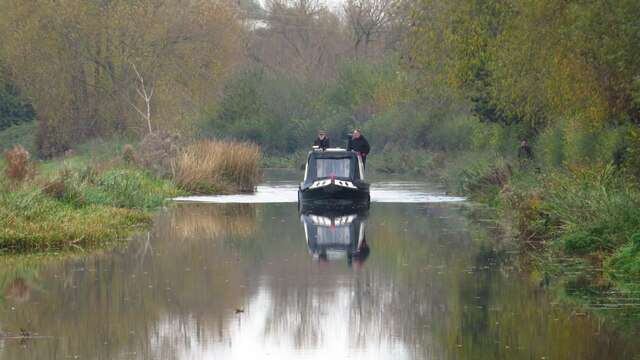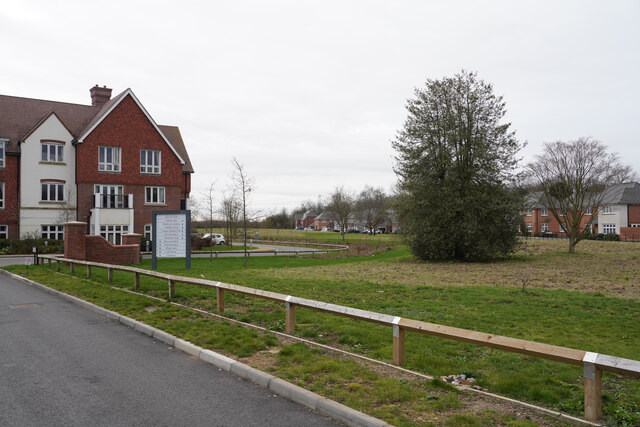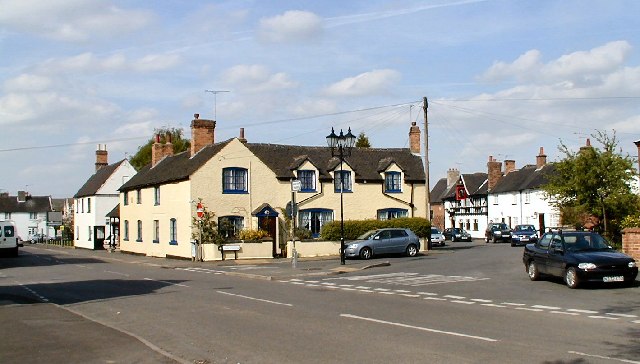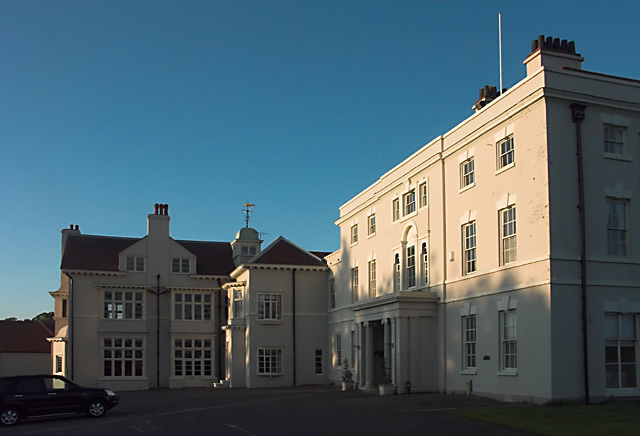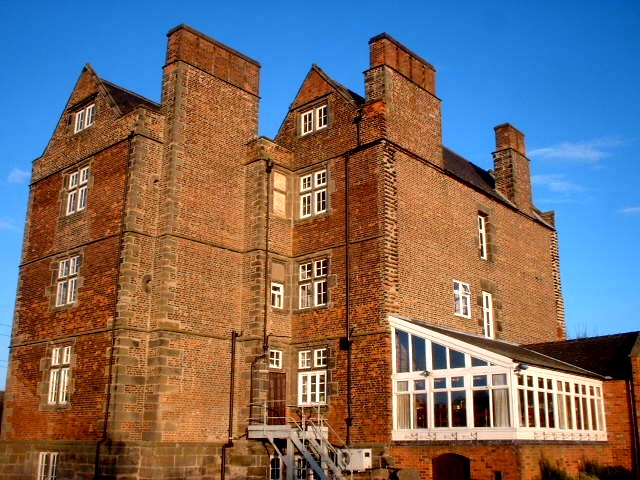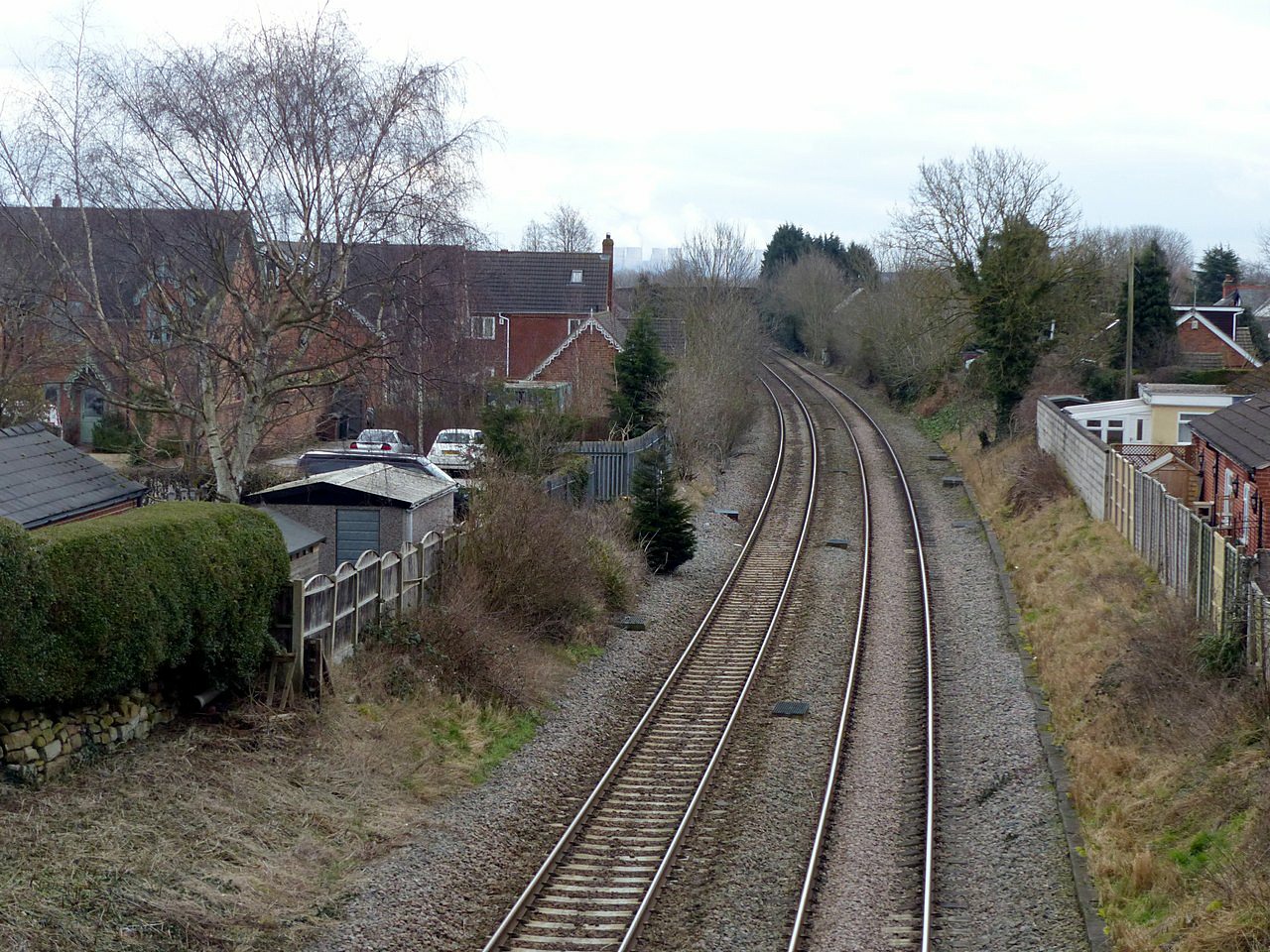Aston Hill
Hill, Mountain in Derbyshire South Derbyshire
England
Aston Hill
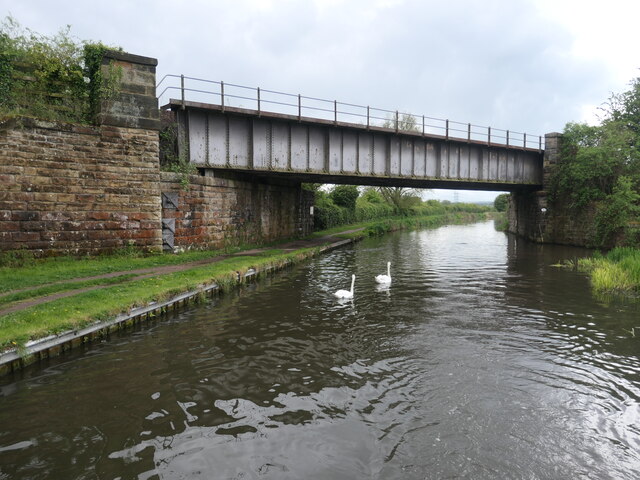
Aston Hill is a picturesque hill located in Derbyshire, England. Situated in the southern part of the county, it is part of the Peak District National Park. Aston Hill stands at an elevation of approximately 250 meters (820 feet), offering breathtaking panoramic views of the surrounding countryside.
Covered with lush greenery and dotted with a variety of flora and fauna, Aston Hill is a haven for nature lovers and outdoor enthusiasts. The hill is known for its diverse range of plant species, including heather, bilberry, and various wildflowers, creating a vibrant and colorful landscape during the summer months.
The hill is a popular destination for hikers and walkers, with well-marked trails that cater to all levels of ability. The paths wind through ancient woodlands, open moorland, and gentle slopes, providing a diverse range of terrain to explore. One of the highlights of Aston Hill is its network of footpaths that lead to the nearby village of Aston-on-Trent, allowing visitors to combine a countryside stroll with a visit to the charming village.
In addition to its natural beauty, Aston Hill also has historical significance. It is home to an Iron Age hillfort, believed to have been occupied between 500 BC and 43 AD. The hillfort consists of earthwork ramparts and ditches, offering visitors a glimpse into the region's ancient past.
Overall, Aston Hill is a captivating destination that combines stunning natural landscapes with a rich history. Whether it's enjoying a leisurely walk, taking in the panoramic views, or exploring the remnants of an Iron Age hillfort, Aston Hill offers something for everyone to appreciate and enjoy.
If you have any feedback on the listing, please let us know in the comments section below.
Aston Hill Images
Images are sourced within 2km of 52.866082/-1.3963737 or Grid Reference SK4030. Thanks to Geograph Open Source API. All images are credited.
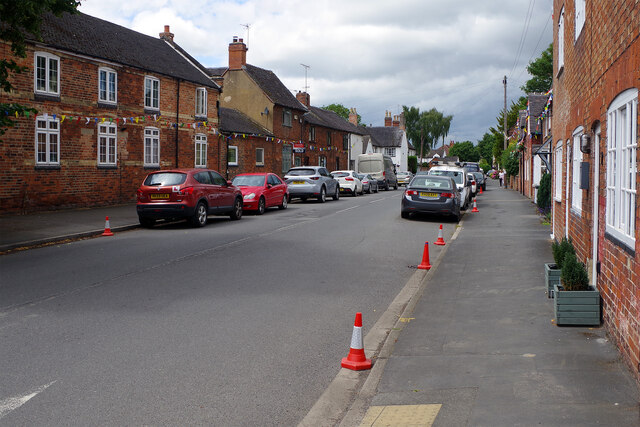


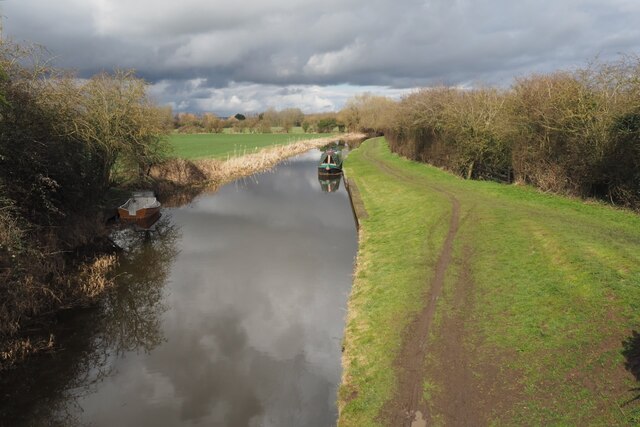
Aston Hill is located at Grid Ref: SK4030 (Lat: 52.866082, Lng: -1.3963737)
Administrative County: Derbyshire
District: South Derbyshire
Police Authority: Derbyshire
What 3 Words
///essays.continues.thrillers. Near Aston-on-Trent, Derbyshire
Nearby Locations
Related Wikis
Nearby Amenities
Located within 500m of 52.866082,-1.3963737Have you been to Aston Hill?
Leave your review of Aston Hill below (or comments, questions and feedback).
![Cow Pasture Bridge [no 7], from the east Carrying a bridleway over the Trent &amp; Mersey canal.](https://s1.geograph.org.uk/geophotos/07/19/87/7198733_dee3077d.jpg)
